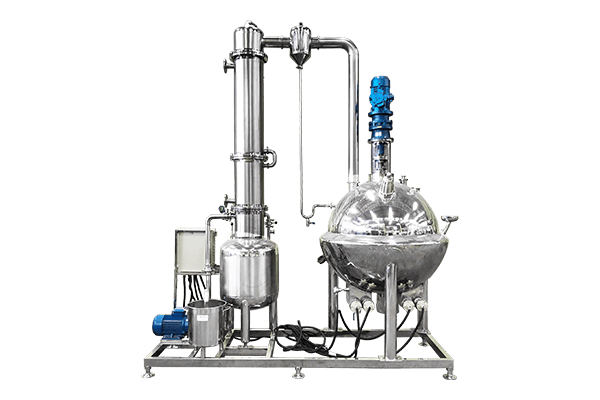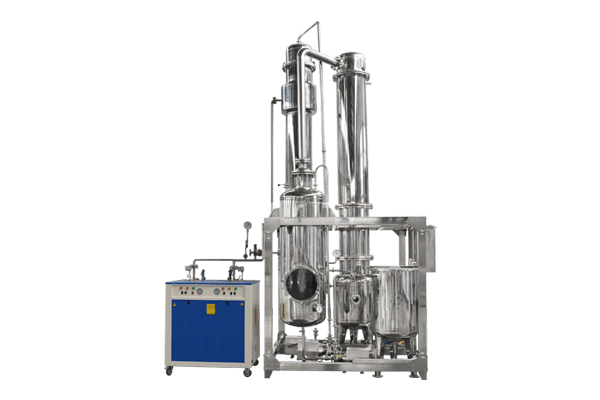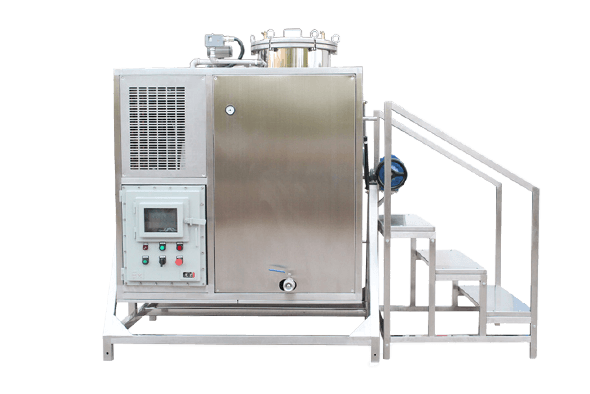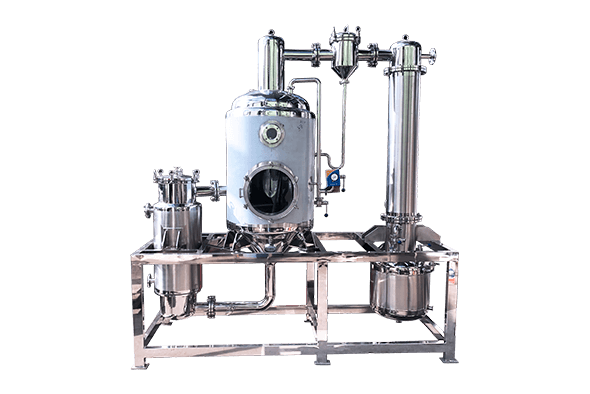What is evaporator equipment?
An evaporator device is a tool used to turn liquid into gas. It’s commonly employed in industries, labs, and various applications. Its principle is straightforward: heat the liquid to help its molecules break free from the liquid’s surface tension and transform into gas.
These devices come in different types and sizes, catering to specific needs. For instance, there are vacuum evaporators, rotary evaporators, multiple-effect evaporators, flash evaporators, evaporative condensers, and evaporative absorption condensers. Each serves a unique purpose and is selected based on requirements.
They play vital roles in diverse fields such as chemical engineering, food processing, environmental engineering, and pharmaceuticals.

Spherical Concentrator
Capacity(L): 100-1000
Evaporation(L/H): 15-300
Heating area(m2): 0.6-2.6
Cooling area(m2): 3-18
Condensing area(m2): 0.5-3
Coolant collection tank (L):70-170
Falling film evaporator
Capacity(L): 20-1000
Evaporation speed: 20-1000
Heating area: 1.2-50
Condensing area: 1.5-60


Solvent recovery machine
Capacity(L): 20-200
Total Volume(L): 28-330
Charging Volume(L): 20-225
Coolong Method: air cooling
External Circulation Evaporator
Capacity(L): 100-2000
Evaporation rate(L/H): 100-2000
Heating area(m2): 4-80
Cooling area(m2):4-80

What are the things needed for evaporation?
1.Liquid
First off, you need a liquid. It could be water, some solution, or any liquid substance you want to evaporate.
2.Heat
Apply some heat. Heat is essential to make the liquid molecules break free from the liquid’s surface and turn into gas.
3.Surface
The evaporation happens at the liquid’s surface. That’s where the molecules escape and become gas.
4.Air
The gas needs space to spread out, so you’ll want some air around.
5.Right ConditionsS
ometimes, environmental factors like temperature or pressure can affect how quickly or effectively evaporation happens.
